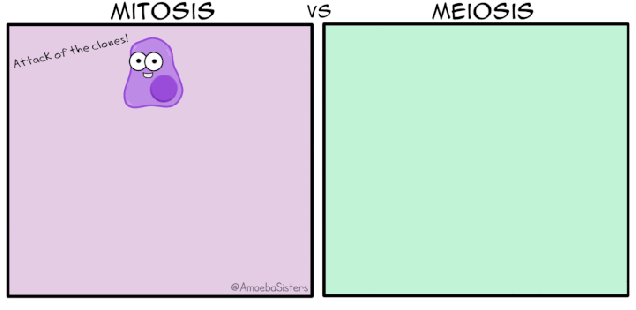This is a fun and creative activity to tie all of the following concepts together into one lesson: DNA sequencing & transcription, mRNA translation, amino acid codons & proteins, genotype, phenotype, recessive & dominant alleles & traits.
This slideshow requires JavaScript.
Students will help solve a crime based on DNA evidence left on a lollipop at the crime scene. There are 3 versions of the same scenario that will identify 3 different criminals so you can use them for 3 classes – this avoids having the kids tell the next class who the suspect is ;). Each student will receive one of the 4 DNA samples – you can have students work individually, or have a group of students work on suspect 1, another on suspect 2, etc. (Sorry – I do not have an answer key to post)
Directions: Worksheets: DNA-RNA-Crime-Snorks-2018 & Amino Acid Codon Wheel, & additional resource: 20 Amino Acids
- Step 1 – students will transcribe the DNA sequences into mRNA sequences
- Step 2 – using the Amino Acid codon wheel, they will determine the amino acid for each codon
- Step 3 – using the chart, they will find protein using the sequence of amino acids
- Step 4 – using the proteins, they will determine the phenotype
- Step 5 – using the phenotypes, they will determine the genotype(s)
- Step 6 – is their suspect the criminal?
- Step 7 – they will draw a mug shot of their suspect using the phenotypes they decoded
This lesson was modified from the one found on Biology Corner: https://www.biologycorner.com/worksheets/DNA_snorks.html
 Intro to Meiosis with a comparison to Mitosis
Intro to Meiosis with a comparison to Mitosis

